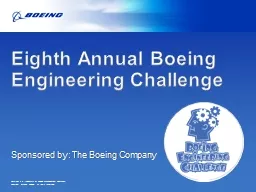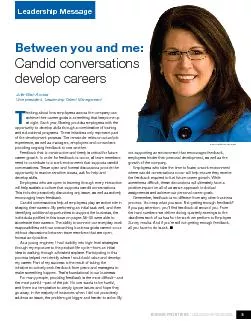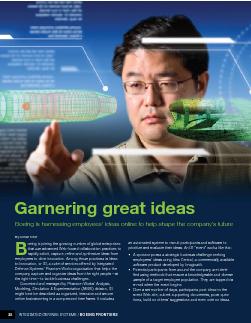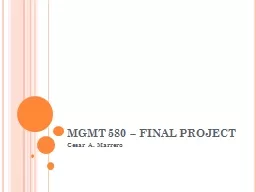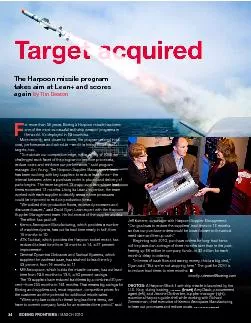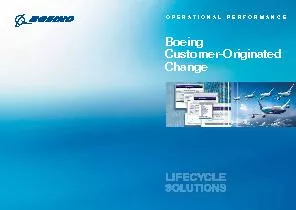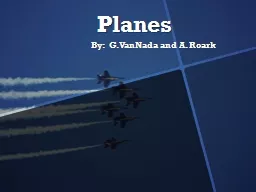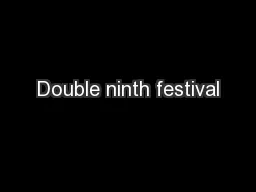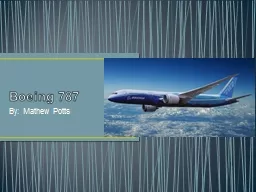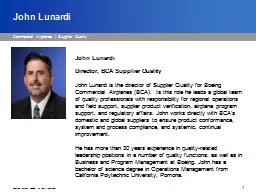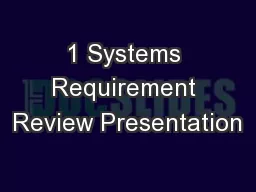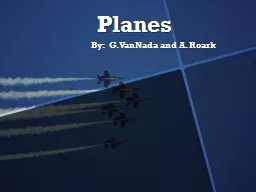PPT-Ninth Annual Boeing Engineering Challenge
Author : olivia-moreira | Published Date : 2017-04-16
Sponsored by The Boeing Company Challenge Request For Proposal Design and build a hand launched glider aircraft Program success criteria are Performance Success
Presentation Embed Code
Download Presentation
Download Presentation The PPT/PDF document "Ninth Annual Boeing Engineering Challeng..." is the property of its rightful owner. Permission is granted to download and print the materials on this website for personal, non-commercial use only, and to display it on your personal computer provided you do not modify the materials and that you retain all copyright notices contained in the materials. By downloading content from our website, you accept the terms of this agreement.
Ninth Annual Boeing Engineering Challenge: Transcript
Download Rules Of Document
"Ninth Annual Boeing Engineering Challenge"The content belongs to its owner. You may download and print it for personal use, without modification, and keep all copyright notices. By downloading, you agree to these terms.
Related Documents

